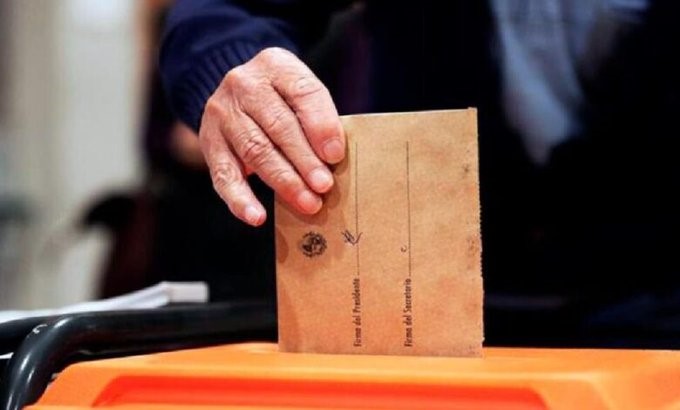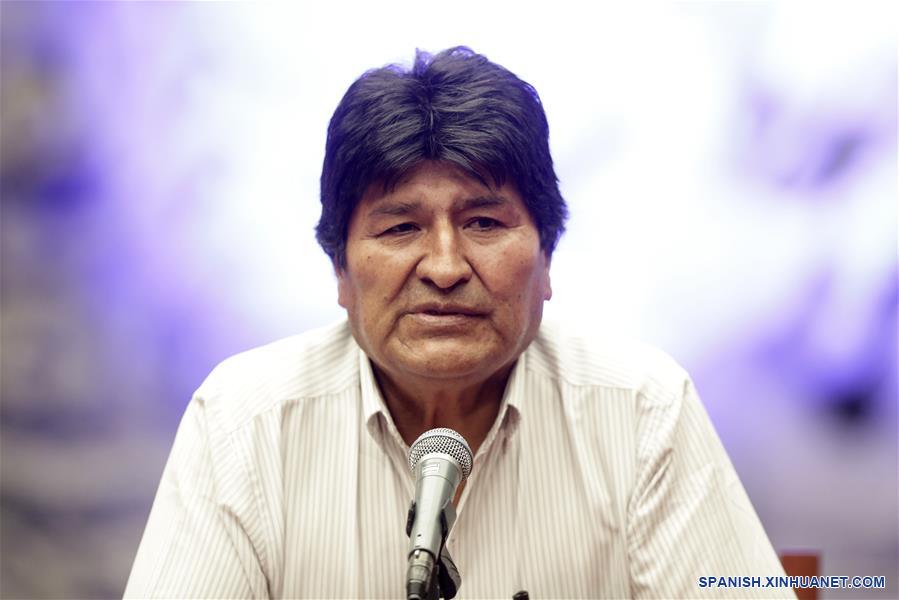The voting centers in Uruguay opened their doors on Sunday and the general elections began, in which Uruguayans will decide between the permanence of the current center-right coalition today led by the National Party of current president Luis Lacalle Pou, or the return to power from the left.
Some 2.7 million Uruguayans are called to the polls to elect president, vice president, senators and deputies, and, in addition, decide on two key plebiscites on insecurity and pensions in an electoral campaign that has not finished convincing voters.
Unlike the marked divisions between right and left in Argentina, Brazil or Mexico, the Uruguayan political arena is relatively free of tensions, with important coincidences between the main coalitions, which partially attenuates the impact of the result.
The left is led by the Frente Amplio, historically led by former president José Mujica. In the midst of austere campaigns and widespread apathy, the vote of undecided citizens will be key for a left that governed for 15 consecutive years and aspires to return to power after losing it in 2019.
“It has been a campaign far from the people, which did not achieve the levels of mobilization that Uruguay has historically, where party membership is among the highest in Latin America,” political analyst Julián Kanarek told The Associated Press.
A few days before the vote, the main polls indicate the leftist Yamandú Orsi and his running mate Carolina Cosse as favorites and place the opposition Frente Amplio with more than 40% voting intention. Next, appears Álvaro Delgado, candidate of the ruling National Party, with between 20% and 24% of support and, in third place, Andrés Ojeda, standard bearer of the conservative Colorado Party, with between 12% and 17%.
To be elected, any of the presidential candidates must obtain more than 50% of the valid ballots, which gives the undecided voters—who are between 10% and 14%—a key role. If this is not achieved, the two candidates with the most votes will face each other in a second round on November 24.
On the same day, two plebiscites will also be held, in which voting—unlike the presidential election—is not mandatory.
The first, backed by the ruling party, addresses growing concerns about insecurity and asks whether the constitutional ban on nighttime police raids on homes should be lifted. Until now, house raids are only allowed during the day and with a court order.
The second popular consultation, more controversial, is a pension reform promoted by labor confederations and social groups that seeks to restore the retirement age to 60 years, recently raised by the Lacalle Pou government to 65.
It also proposes equating the amount of retirements and pensions to the value of the national minimum wage and, in the most controversial point, eliminating private pension fund administrators to leave contributions only in the public system, which generated hot debates due to its possible fiscal cost. “It is a complex plebiscite because not even the left agrees,” Kanarek said.
The polls predict a victory for the Frente Amplio which, if confirmed, would return to power after five years and after having been in charge of the country between 2005 and 2020.
However, in the midst of voter apathy, none of the candidates has managed to distinguish themselves decisively.
If, on the one hand, the 2019 election of Lacalle Pou represented a turning point after 15 years of Frente Amplio governments, the charismatic president — who will leave the Presidency with a management approved by 50% of Uruguayans — cannot be re-elected and neither He managed to transmit his political capital to his heir, Álvaro Delgado.
Added to this is citizen participation that reached its lowest level last June, during the primary elections to elect the candidates of the parties in which voting was not mandatory. Only 35% of voters went to the polls, the lowest rate in history.
Experts attribute this low support and popular mobilization to the fact that citizens do not consider that this will be an electoral cycle with “fundamental changes.”
The projects of the two main contending blocks have similarities and coincide in having their central axes in improving the country’s competitiveness, reducing economic gaps and reducing the rate of child poverty in Uruguay, where one in five children lives below the poverty line.
Politics in Uruguay, one of the most stable economies in Latin America, occurs through “debate of nuances rather than extremes,” said political scientist Agustín Canzani, in contrast to other countries, such as Mexico, Brazil or the United States. . “It is a back-and-forth between a center-left bloc and a center-right one” that, according to him, has ordered the political landscape “at least in the last two decades.”
#maintain #ruling #party #turn #left #Diario #Página


